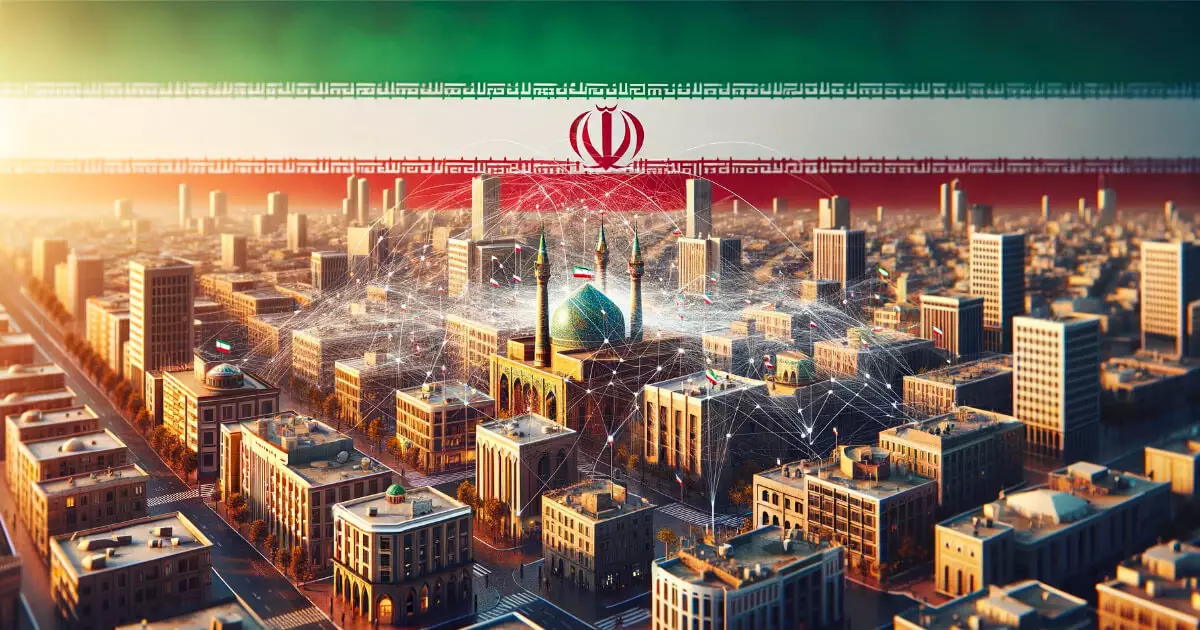Iran’s Central Bank has taken significant steps towards launching its own central bank digital currency (CBDC), the Digital Rial, which aims to transform the country’s banking infrastructure and enhance the efficiency of financial operations. This development, as revealed by Central Bank Governor Mohammad Reza Farzin during the 11th Annual Conference on Modern Banking and Payment Systems, marks an essential move in Iran’s broader strategy to digitize and modernize its financial systems.
One of the primary advantages of the Digital Rial is its integration with Iran’s existing digital banking framework, particularly the Shetab payment network. This robust system can process transactions in less than two seconds, significantly improving the speed and ease of financial operations. The introduction of a digital currency promises to streamline domestic and international transactions, effectively reducing delays and minimizing operational costs. By modernizing the financial landscape, Iran aims to create a more agile economy that is well-equipped to respond to the rapid pace of global financial changes.
Beyond operational improvements, the Digital Rial represents a strategic response to the economic sanctions that have hampered Iran’s access to traditional international banking systems like SWIFT. Farzin articulates a vision for financial autonomy, emphasizing that the Digital Rial is a crucial instrument in enhancing Iran’s economic resilience. With sanctions pushing Iran towards isolation within the global financial system, the CBDC is viewed as a way to navigate these challenges, allowing for more independence from conventional financial networks. This strategic pivot highlights an essential desire for innovation and self-sufficiency in the face of external pressures.
The rollout of the Digital Rial also signifies a commitment to fostering stronger economic ties within the region. By developing alternative transaction platforms, such as the ACU-MIR system, Iran has been actively working to establish new pathways for trade and commerce. This platform provides a means to facilitate regional transactions, particularly with key partners like India and Pakistan, thus reducing reliance on traditional banking systems. Furthermore, Iran’s collaboration with Russia to integrate the Shetab network with the MIR payment system showcases a significant stride in enhancing cross-border transaction capabilities. This connection is expected to support tourism and commerce, providing practical benefits for both Iranian and Russian travelers.
As Iran strives to position itself as a leader in modern banking within the region, the Digital Rial is an instrumental part of a larger initiative to integrate its financial systems with global frameworks. Farzin’s expressed intent to “adapt, innovate, and collaborate globally” underscores the importance of aligning with evolving global financial standards and practices. By focusing on digital currency initiatives, Iran is not only working to enhance its internal financial stability but also striving to establish its presence in the broader international banking landscape.
The initiative to launch the Digital Rial is not merely about adopting new technologies; it reflects a significant shift in how Iran views its place in the global economy. The country’s leadership is acknowledging the need for resilience and adaptability in financial systems to withstand outside pressures and foster self-sufficiency. By prioritizing innovations such as the Digital Rial, Iran seeks to create a more robust economic environment that can pivot effectively against the uncertainties imposed by foreign sanctions.
The introduction of the Digital Rial signifies a pivotal moment in Iran’s banking sector and its overall economic strategy. As Iran enhances its digital currency capabilities and expands its financial networks beyond conventional systems, it aims to redefine its financial operations and assert its place in an evolving global financial landscape. The success of the Digital Rial will depend on its ability to effectively address the challenges posed by sanctions while fostering innovation and establishing meaningful international collaborations. Ultimately, this move underscores Iran’s commitment to modernizing its economy and securing its financial future in a rapidly changing world.


Leave a Reply